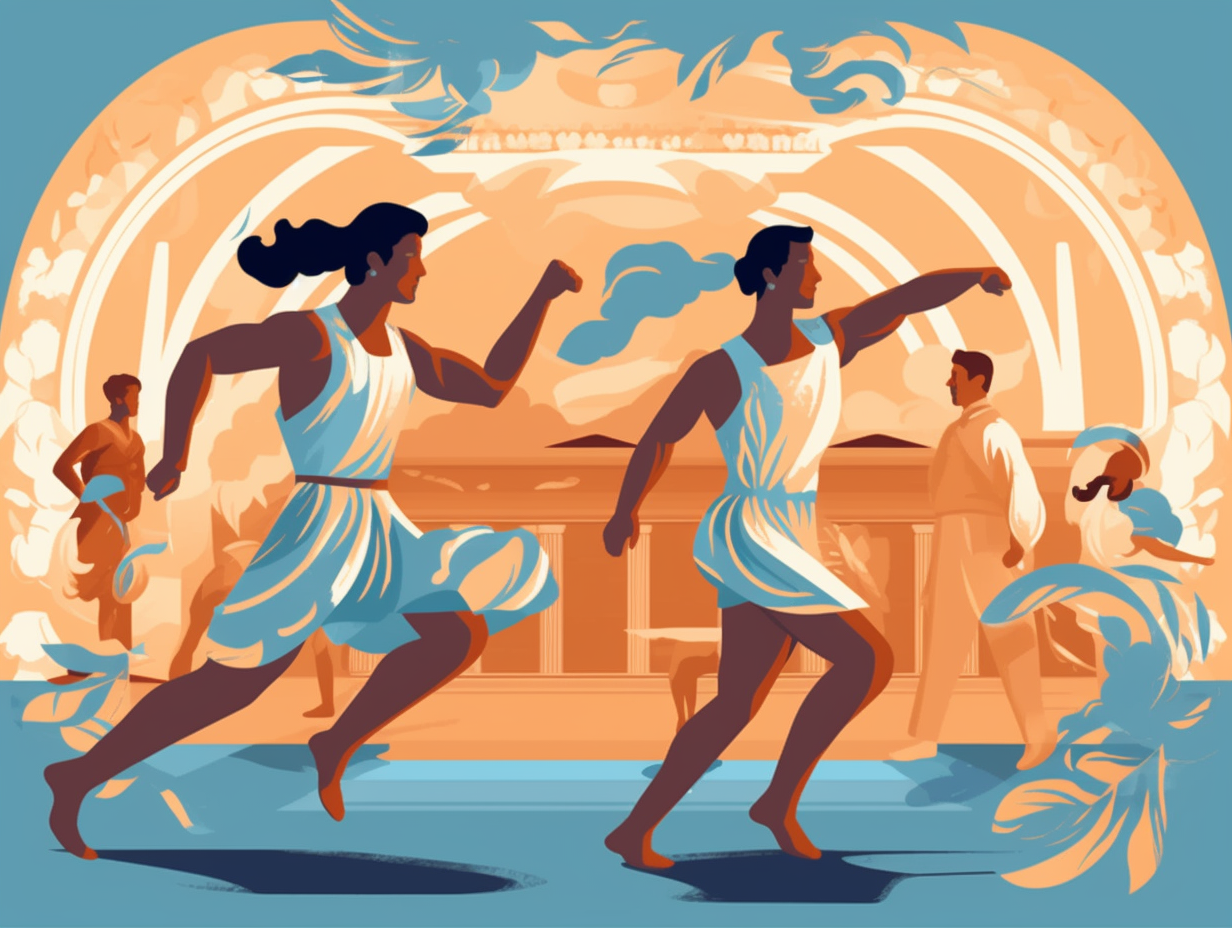Discover the Intriguing World of Anglo-Saxons: Top 5 Fascinating Facts You Never Knew!

1. Limping Neighbors: Secret Anglo-Saxon Nithings?
Ever suspect that your limping neighbor might have a dark side? Maybe they're an Anglo-Saxon nithing in disguise: In Anglo-Saxon society, physical disabilities were often associated with nithings—individuals believed to seek evil or be possessed by evil forces—and their physical ailments were seen as indications of their moral degeneration.
Source => en.wikipedia.org
2. Wer-gild: The Original Price Tag for Body Parts
Talk about an arm and a leg: In Anglo-Saxon times, there was a law called wer-gild or man-price, which determined the amount a killer or their tribe had to pay to the victim's family to prevent further blood-feud retributions. The wer-gild varied based on the social status of the person killed, and even specific body part injuries had their prices, like cutting off an ear costing thirty shillings and a nose sixty shillings under King Alfred's rule.
Source => abdn.ac.uk

Discover the surprising truth about Vikings as the original metrosexuals, with their impressive grooming habits, including weekly baths and ingenious twig toothbrushes for pearly whites. Uncover the myth-busting fun facts about these well-groomed warriors!
=> Fun Facts about Vikings
3. Hide & Seek: Anglo-Saxon Land-Tax Against Vikings
Who said size doesn't matter? In Anglo-Saxon times, your "hide" had to be just the right size to fend off Viking invasions!: The Anglo-Saxons developed a land-tax system based on the hide, a unit of land needed to support one family, which formed the basis of the Danegeld land-tax system to pay tribute to Viking invaders. However, after the Danish Conquest in 1016, this tax became permanent and was used to support the kingdom's defenses, with over sixty million pence being paid and eventually ceasing in the 12th century as new taxes arose.
Source => en.wikipedia.org
4. Anglo-Saxon MasterChefs: Spicing Up 5th Century Britain
If you thought MasterChef was epic, wait until you witness the culinary prowess of the Anglo-Saxons: these early British chefs used a diverse range of ingredients like apples, pears, peaches, peas, medlars, and meat from small animals and birds, relying on honey as their main sweetener and valuing salt as a vital commodity. Not scared of spicing things up, they seasoned their dishes with pepper, cumin, coriander, ginger, cinnamon, and bay leaf, showcasing their cookery skills often went way beyond their local bounty, trading with other lands for sought-after ingredients.
Source => oakden.co.uk

5. Milk Teeth Tales: Dental Diaries of Anglo-Saxon Children
Who knew that Anglo-Saxon children kept dental diaries? We're not talking about tiny notebooks filled with medieval tooth fairy encounters, but rather a record of health and nutrition hidden within their milk teeth: Researchers at the University of Bradford discovered that stress and malnourishment during the first 1,000 days of life left traces in the teeth of tenth century children from a settlement called Raunds Furnells in Northamptonshire. These "dental diaries" offer valuable insights into the diets and health of both children and their mothers, and even have modern medical implications for understanding factors that influence the risk of developing conditions like obesity, diabetes, and heart disease later in life.
Source => dentistrytoday.com
Related Fun Facts




















